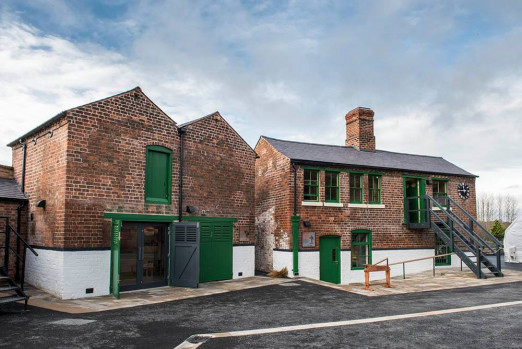With the recent Budget setting out the UK’s largest ever investment in the Strategic Road Network, Lafarge Cement, part of Aggregate Industries, has stated that wider adoption of soil stabilisation could be key to making road construction much more cost-effective and sustainable.
In October, the Chancellor pledged £25bn over the next five years for the second phase of the Road Investment Strategy to continue long-term improvements to Britain’s motorways and major roads. One of the core objectives of the strategy is to create a ‘greener network’ and bring down maintenance costs, calling on Highways England and its supply chain partners to step up to the challenge through innovation and creativity2.
According to Lafarge Cement, one of the ways the industry can achieve this is by taking a ‘ground-up’ approach that utilises soil stabilisation by using hydraulic road binders – a process widely-used in the US and across Europe to improve weak in-situ materials for foundations in road engineering.
Steve Curley, Commercial Director at Lafarge Cement, comments: “As we move on to the planning and implementation of the Road Investment Strategy 2, the key to successfully building a world-class sustainable road network will be taking a holistic ‘ground up’ approach to innovative ways of working.
“This often starts with ground engineering, where for years the issue of weak in-situ materials has been solved by replacing them with imported natural aggregates – a costly method. More recently, soil stabilisation that blends in-situ materials with a rapidly hardening hydraulic road binder has been proven to remove the need for traditional sub base or base course aggregate, making it more environmentally friendly as it cuts down on material waste and the carbon emissions associated with hauling aggregates. This method is also much more cost-effective due to reduced landfill costs and reduced project timescales and costs.”
Last year, Lafarge Cement launched TerraCem, the UK’s first hydraulic road binder specially formulated for use in soil stabilisation. Designed to strengthen existing onsite material without the need to import aggregates, TerraCem has been specifically engineered, using sustainable binder technology, to improve soils, strengthening weak substructure layers to create a working platform and offering reduced embodied carbon in comparison to traditional cement stabilisation.
Steve adds: “With a greater onus on contractors to deliver the UK’s most ambitious road projects to date in the most sustainable and economical way possible, world-leading agencies such as Highways England, Heathrow and Associated British Ports are already seeing the benefits of using hydraulically bound mixtures. Hence, the direction of travel is clear; best practice now dictates the use of specialist binders in soil stabilisation as the ‘go-to’ method for greener, leaner and more efficient road construction.”
For further information, please visit www.lafargecement.co.uk





